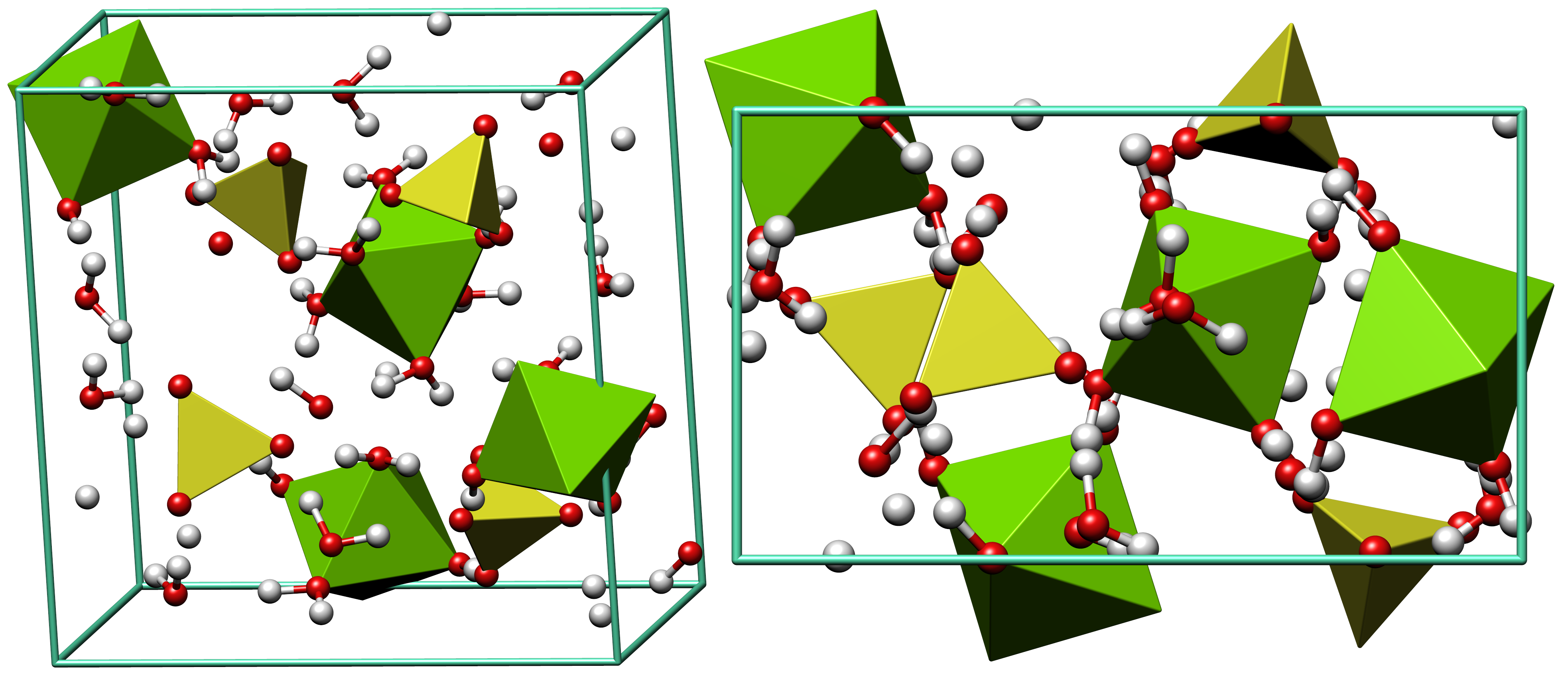|
MRS Agar
De Man, Rogosa and Sharpe agar, often abbreviated to MRS, is a selective culture medium designed to favour the luxuriant growth of ''Lactobacilli'' for lab study. Developed in 1960, this medium was named for its inventors, , , and . It contains sodium acetate, which suppresses the growth of many competing bacteria (although some other Lactobacillales, like '' Leuconostoc'' and '' Pediococcus'', may grow). This medium has a clear brown colour. Typical composition MRS agar typically contains ( w/v): *1.0% peptone *1.0% beef extract *0.4% yeast extract *2.0% glucose *0.5% sodium acetate trihydrate *0.1% polysorbate 80 (also known as Tween 80) *0.2% dipotassium hydrogen phosphate *0.2% triammonium citrate *0.02% magnesium sulfate heptahydrate *0.005% manganese sulfate tetrahydrate *1.0% agar * pH adjusted to 6.2 at 25 °C The yeast/meat extracts and peptone provide sources of carbon, nitrogen, and vitamins for general bacterial growth. The yeast extract also contains ... [...More Info...] [...Related Items...] OR: [Wikipedia] [Google] [Baidu] |
Pediococcus Acidilactici On TSA
''Pediococcus'' is a genus of gram-positive lactic acid bacteria, placed within the family of Lactobacillaceae. They usually occur in pairs or tetrads, and divide along two planes of symmetry, as do the other lactic acid cocci genera ''Aerococcus'' and '' Tetragenococcus''. They are purely homofermentative. ''Pediococcus dextrinicus'' has recently been reassigned to the genus ''Lapidilactobacillus''. Food processing ''Pediococcus'' is, along with other lactic acid bacteria such as ''Leuconostoc'' and ''Lactobacillus'', responsible for the fermentation of cabbage, making it sauerkraut. In this process, the sugars in fresh cabbage are fermented to lactic acid, which gives sauerkraut a sour flavour and good keeping qualities. ''Pediococcus'' bacteria are usually considered contaminants of beer and wine, although their presence is sometimes desired in beer styles such as lambic and Berliner Weisse. Certain ''Pediococcus'' isolates produce diacetyl which gives a buttery or butter ... [...More Info...] [...Related Items...] OR: [Wikipedia] [Google] [Baidu] |
Sodium Acetate Trihydrate
Sodium acetate, CH3COONa, also abbreviated Na O Ac, is the sodium salt of acetic acid. This colorless deliquescent salt has a wide range of uses. Applications Biotechnological Sodium acetate is used as the carbon source for culturing bacteria. Sodium acetate is also useful for increasing yields of DNA isolation by ethanol precipitation. Industrial Sodium acetate is used in the textile industry to neutralize sulfuric acid waste streams and also as a photoresist while using aniline dyes. It is also a pickling agent in chrome tanning and helps to impede vulcanization of chloroprene in synthetic rubber production. In processing cotton for disposable cotton pads, sodium acetate is used to eliminate the buildup of static electricity. Concrete longevity Sodium acetate is used to mitigate water damage to concrete by acting as a concrete sealant, while also being environmentally benign and cheaper than the commonly used epoxy alternative for sealing concrete against water permeation. ... [...More Info...] [...Related Items...] OR: [Wikipedia] [Google] [Baidu] |
Metabolism
Metabolism (, from el, μεταβολή ''metabolē'', "change") is the set of life-sustaining chemical reactions in organisms. The three main functions of metabolism are: the conversion of the energy in food to energy available to run cellular processes; the conversion of food to building blocks for proteins, lipids, nucleic acids, and some carbohydrates; and the elimination of metabolic wastes. These enzyme-catalyzed reactions allow organisms to grow and reproduce, maintain their structures, and respond to their environments. The word metabolism can also refer to the sum of all chemical reactions that occur in living organisms, including digestion and the transportation of substances into and between different cells, in which case the above described set of reactions within the cells is called intermediary (or intermediate) metabolism. Metabolic reactions may be categorized as '' catabolic'' – the ''breaking down'' of compounds (for example, of glucose to pyruvate ... [...More Info...] [...Related Items...] OR: [Wikipedia] [Google] [Baidu] |
Surfactant
Surfactants are chemical compounds that decrease the surface tension between two liquids, between a gas and a liquid, or interfacial tension between a liquid and a solid. Surfactants may act as detergents, wetting agents, emulsifiers, foaming agents, or dispersants. The word "surfactant" is a blend of ''surface-active agent'', coined . Agents that increase surface tension are "surface active" in the literal sense but are not called surfactants as their effect is opposite to the common meaning. A common example of surface tension increase is salting out: by adding an inorganic salt to an aqueous solution of a weakly polar substance, the substance will precipitate. The substance may itself be a surfactant – this is one of the reasons why many surfactants are ineffective in sea water. Composition and structure Surfactants are usually organic compounds that are amphiphilic, meaning each molecule contains both a hydrophilic "water-seeking" group (the ''head''), a ... [...More Info...] [...Related Items...] OR: [Wikipedia] [Google] [Baidu] |
Amino Acid
Amino acids are organic compounds that contain both amino and carboxylic acid functional groups. Although hundreds of amino acids exist in nature, by far the most important are the alpha-amino acids, which comprise proteins. Only 22 alpha amino acids appear in the genetic code. Amino acids can be classified according to the locations of the core structural functional groups, as Alpha and beta carbon, alpha- , beta- , gamma- or delta- amino acids; other categories relate to Chemical polarity, polarity, ionization, and side chain group type (aliphatic, Open-chain compound, acyclic, aromatic, containing hydroxyl or sulfur, etc.). In the form of proteins, amino acid ''residues'' form the second-largest component ( water being the largest) of human muscles and other tissues. Beyond their role as residues in proteins, amino acids participate in a number of processes such as neurotransmitter transport and biosynthesis. It is thought that they played a key role in enabling li ... [...More Info...] [...Related Items...] OR: [Wikipedia] [Google] [Baidu] |
Vitamin
A vitamin is an organic molecule (or a set of molecules closely related chemically, i.e. vitamers) that is an essential micronutrient that an organism needs in small quantities for the proper functioning of its metabolism. Essential nutrients cannot be synthesized in the organism, either at all or not in sufficient quantities, and therefore must be obtained through the diet. Vitamin C can be synthesized by some species but not by others; it is not a vitamin in the first instance but is in the second. The term ''vitamin'' does not include the three other groups of essential nutrients: minerals, essential fatty acids, and essential amino acids. Most vitamins are not single molecules, but groups of related molecules called vitamers. For example, there are eight vitamers of vitamin E: four tocopherols and four tocotrienols. Some sources list fourteen vitamins, by including choline, but major health organizations list thirteen: vitamin A (as all-''trans''- retinol, ... [...More Info...] [...Related Items...] OR: [Wikipedia] [Google] [Baidu] |
Agar
Agar ( or ), or agar-agar, is a jelly-like substance consisting of polysaccharides obtained from the cell walls of some species of red algae, primarily from ogonori ('' Gracilaria'') and "tengusa" ('' Gelidiaceae''). As found in nature, agar is a mixture of two components, the linear polysaccharide agarose and a heterogeneous mixture of smaller molecules called agaropectin. It forms the supporting structure in the cell walls of certain species of algae and is released on boiling. These algae are known as agarophytes, belonging to the Rhodophyta (red algae) phylum. The processing of food-grade agar removes the agaropectin, and the commercial product is essentially pure agarose. Agar has been used as an ingredient in desserts throughout Asia and also as a solid substrate to contain culture media for microbiological work. Agar can be used as a laxative; an appetite suppressant; a vegan substitute for gelatin; a thickener for soups; in fruit preserves, ice cream, and ot ... [...More Info...] [...Related Items...] OR: [Wikipedia] [Google] [Baidu] |
Manganese Sulfate Tetrahydrate
Manganese(II) sulfate usually refers to the inorganic compound with the formula MnSO4·H2O. This pale pink deliquescent solid is a commercially significant manganese(II) salt. Approximately 260,000 tonnes of manganese(II) sulfate were produced worldwide in 2005. It is the precursor to manganese metal and many other chemical compounds. Manganese-deficient soil is remediated with this salt. Structure The structure of MnSO4·H2O has been determined by X-ray crystallography. Like many metal sulfates, manganese sulfate forms a variety of hydrates: monohydrate, tetrahydrate, pentahydrate, and heptahydrate. All of these salts dissolve in water to give faintly pink solutions of the aquo complex n(H2O)6sup>2+. Applications and production Typically, manganese ores are purified by their conversion to manganese(II) sulfate. Treatment of aqueous solutions of the sulfate with sodium carbonate leads to precipitation of manganese carbonate, which can be calcined to give the oxides MnO''x''. ... [...More Info...] [...Related Items...] OR: [Wikipedia] [Google] [Baidu] |
Magnesium Sulfate Heptahydrate
Epsomite, Epsom salt, or magnesium sulfate heptahydrate, is a hydrous magnesium sulfate mineral with formula MgSO4·7H2O. Epsomite crystallizes in the orthorhombic system as rarely found acicular or fibrous crystals, the normal form is as massive encrustations. It is colorless to white with tints of yellow, green and pink. The Mohs hardness is 2 to 2.5 and it has a low specific gravity of 1.67. It is readily soluble in water. It absorbs water from the air and converts to hexahydrate with the loss of one water molecule and a switch to monoclinic structure. Etymology It was first systematically described in 1806 for an occurrence near Epsom, Surrey, England, after which it was named. Discovery and occurrence Epsomite forms as encrustations or efflorescences on limestone cavern walls and mine timbers and walls, rarely as volcanic fumarole deposits, and as rare beds in evaporite layers such as those found in certain bodies of salt water. It occurs in association with melanterite, ... [...More Info...] [...Related Items...] OR: [Wikipedia] [Google] [Baidu] |
Triammonium Citrate
Triammonium citrate is a chemical compound whose molecular formula is C6H17N3O7. Synopsis It was patented some date prior to 1986. This substance causes serious eye irritation, causes skin irritation and may cause respiratory irritation. It is known in the European E number food additive series as E380. It is known in the United States as "an indirect food additive for use only as a component of adhesives Adhesive, also known as glue, cement, mucilage, or paste, is any non-metallic substance applied to one or both surfaces of two separate items that binds them together and resists their separation. The use of adhesives offers certain advant ...", and as a "substance added directly to human food affirmed as generally recognized as safe (GRAS)." References {{reflist E-number additives Food additives Ammonium compounds Citrates ... [...More Info...] [...Related Items...] OR: [Wikipedia] [Google] [Baidu] |
Dipotassium Phosphate
Dipotassium phosphate (K2HPO4) (also dipotassium hydrogen orthophosphate; potassium phosphate dibasic) is the inorganic compound with the formula K2HPO4.(H2O)x (x = 0, 3, 6). Together with monopotassium phosphate (KH2PO4.(H2O)x), it is often used as a fertilizer, food additive, and buffering agent. It is a white or colorless solid that is soluble in water. It is produced commercially by partial neutralization of phosphoric acid with two equivalents of potassium chloride: : H3PO4 + 2 KCl → K2HPO4 + 2 HCl Uses As a food additive, dipotassium phosphate is used in imitation dairy creamers, dry powder beverages, mineral supplements, and starter cultures. It functions as an emulsifier, stabilizer and texturizer; it also is a buffering agent, and chelating agent especially for the calcium in milk products.. As a food additive, dipotassium phosphate is categorized by the United States Food and Drug Administration The United States Food and Drug Administration (FDA or US FDA) is ... [...More Info...] [...Related Items...] OR: [Wikipedia] [Google] [Baidu] |
Polysorbate 80
Polysorbate 80 is a nonionic surfactant and emulsifier often used in pharmaceuticals, foods, and cosmetics. This synthetic compound is a viscous, water-soluble yellow liquid. Chemistry Polysorbate 80 is derived from polyethoxylated sorbitan and oleic acid. The hydrophilic groups in this compound are polyethers also known as polyoxyethylene groups, which are polymers of ethylene oxide. In the nomenclature of polysorbates, the numeric designation following polysorbate refers to the lipophilic group, in this case, the oleic acid (see polysorbate for more detail). The full chemical names for polysorbate 80 are: *Polyoxyethylene (20) sorbitan monooleate *(x)-sorbitan mono-9-octadecenoate poly(oxy-1,2-ethanediyl) The critical micelle concentration of polysorbate 80 in pure water is reported as 0.012 mM. Other names E number: E433 Brand names: *Kolliphor PS 80 - Kolliphor is a registered trademark of BASF *Alkest TW 80 *Scattics *Canarcel *Poegasorb 80 *Montanox 80 – Monta ... [...More Info...] [...Related Items...] OR: [Wikipedia] [Google] [Baidu] |
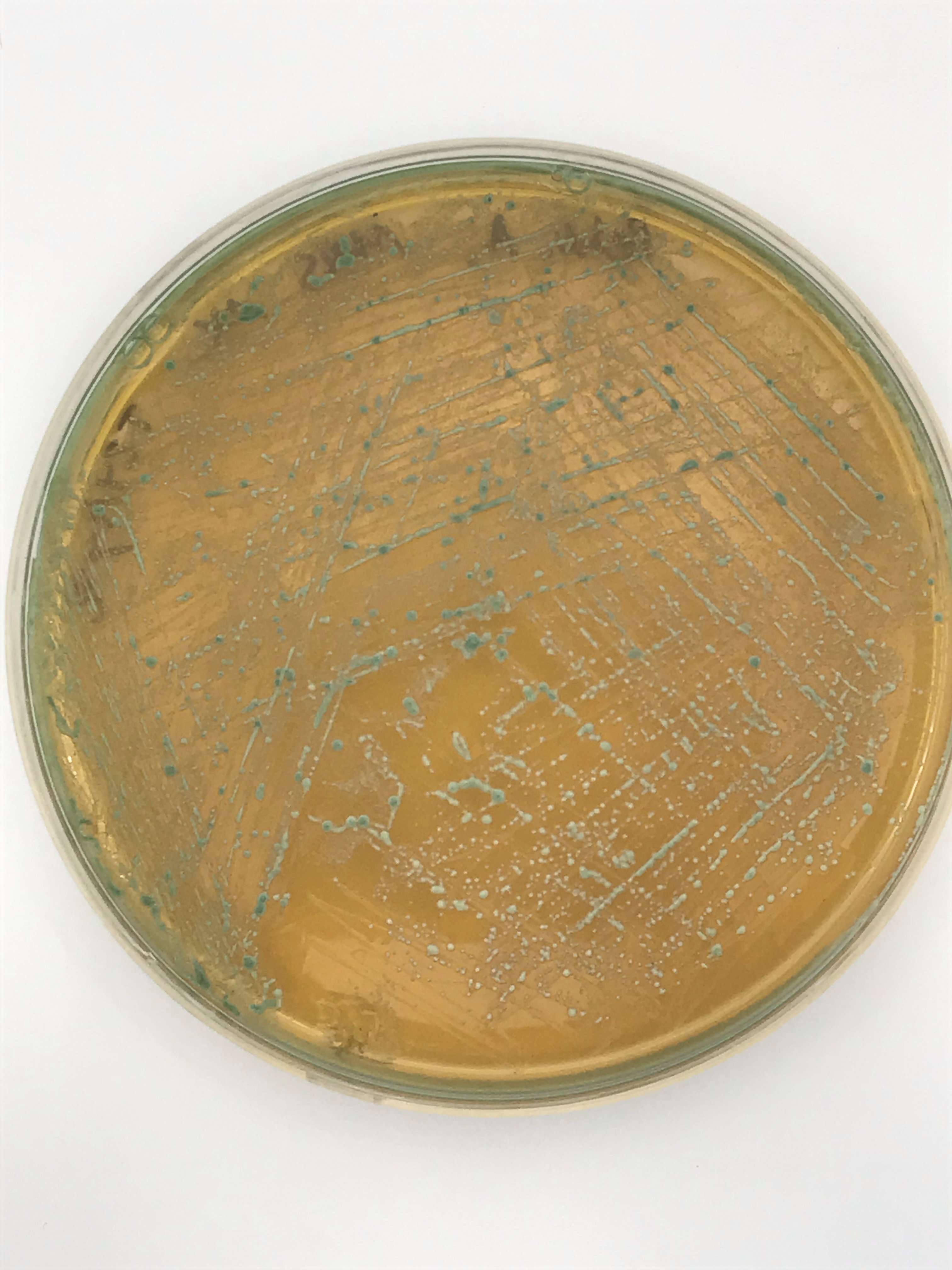
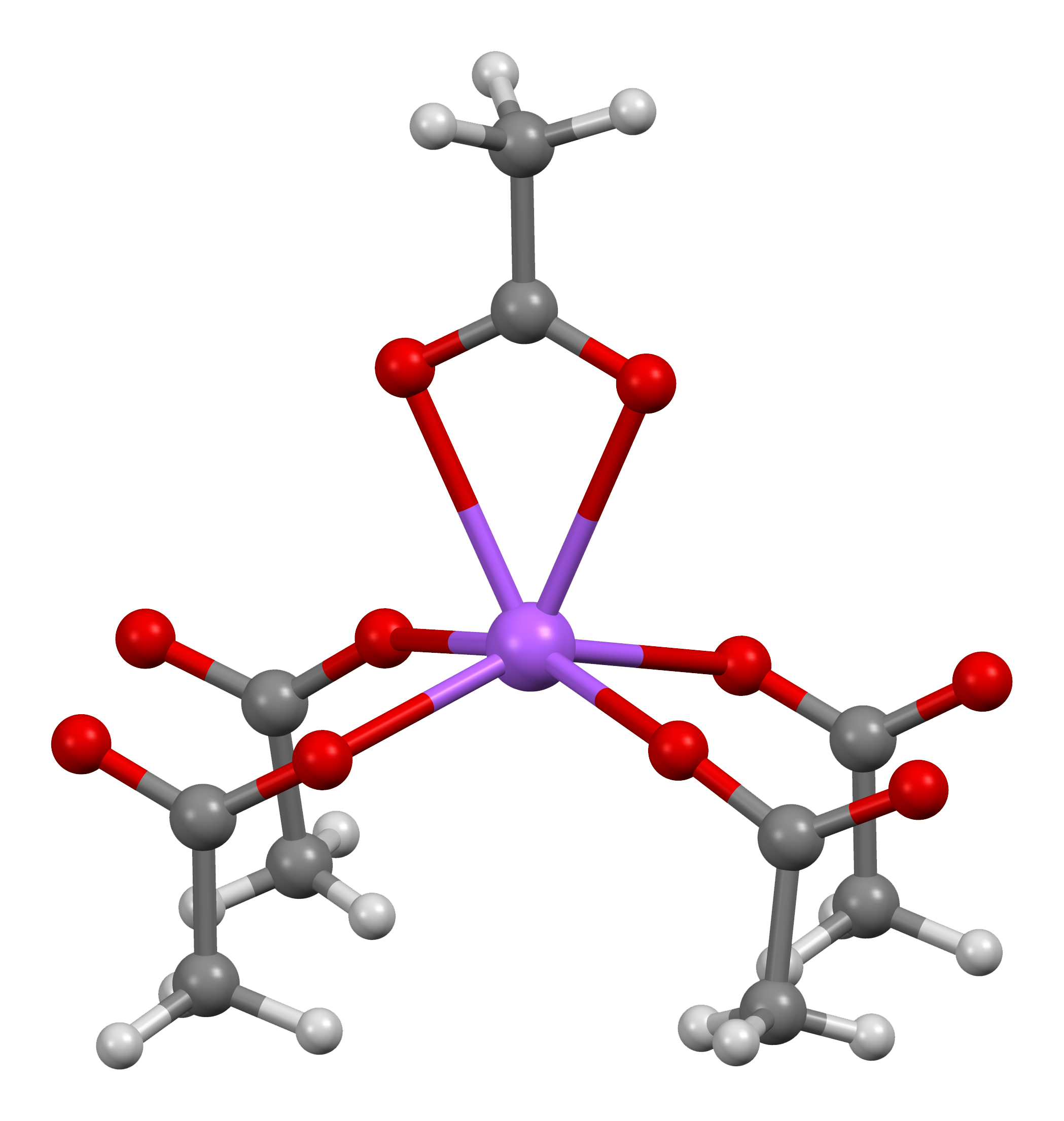


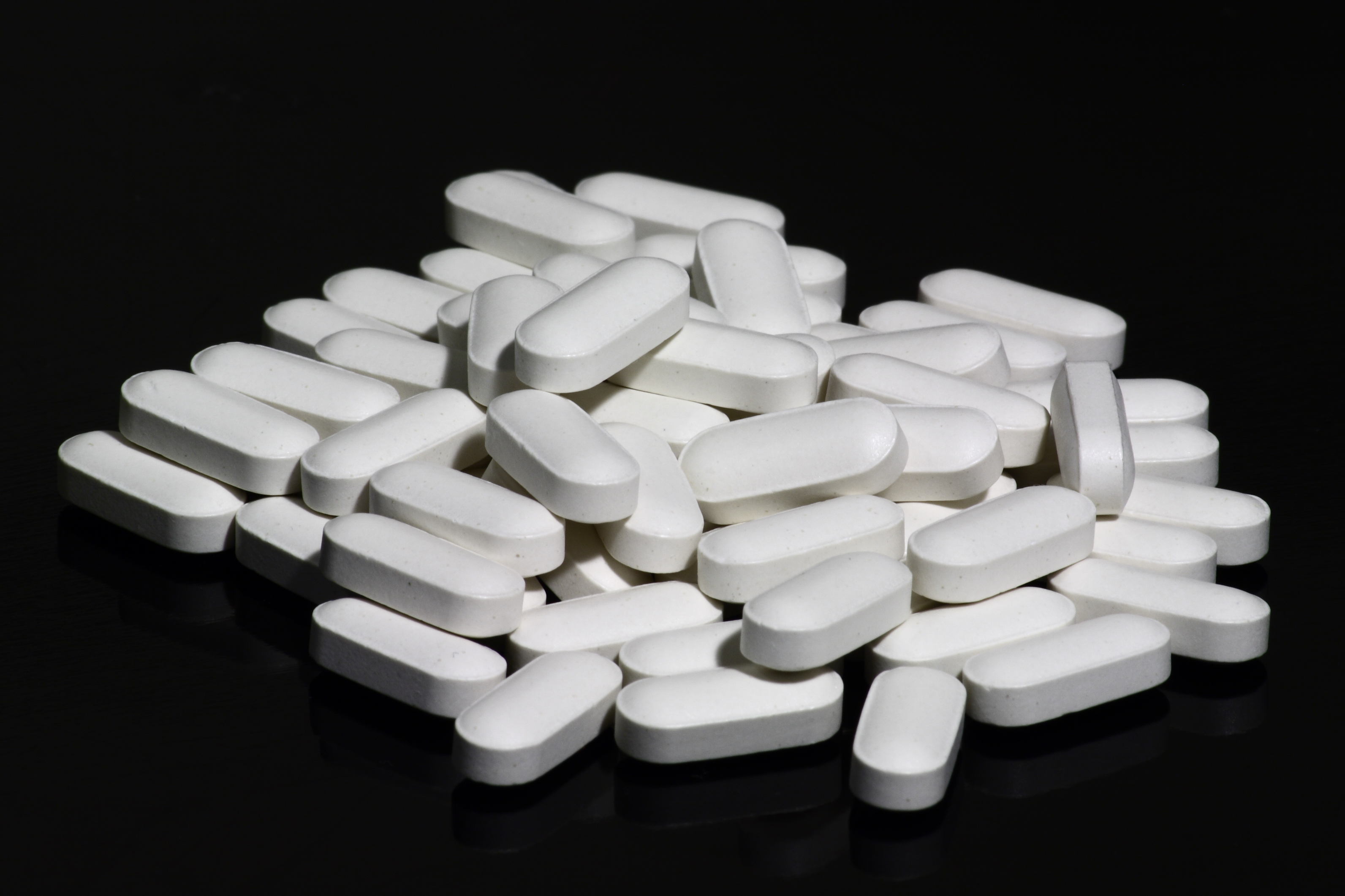
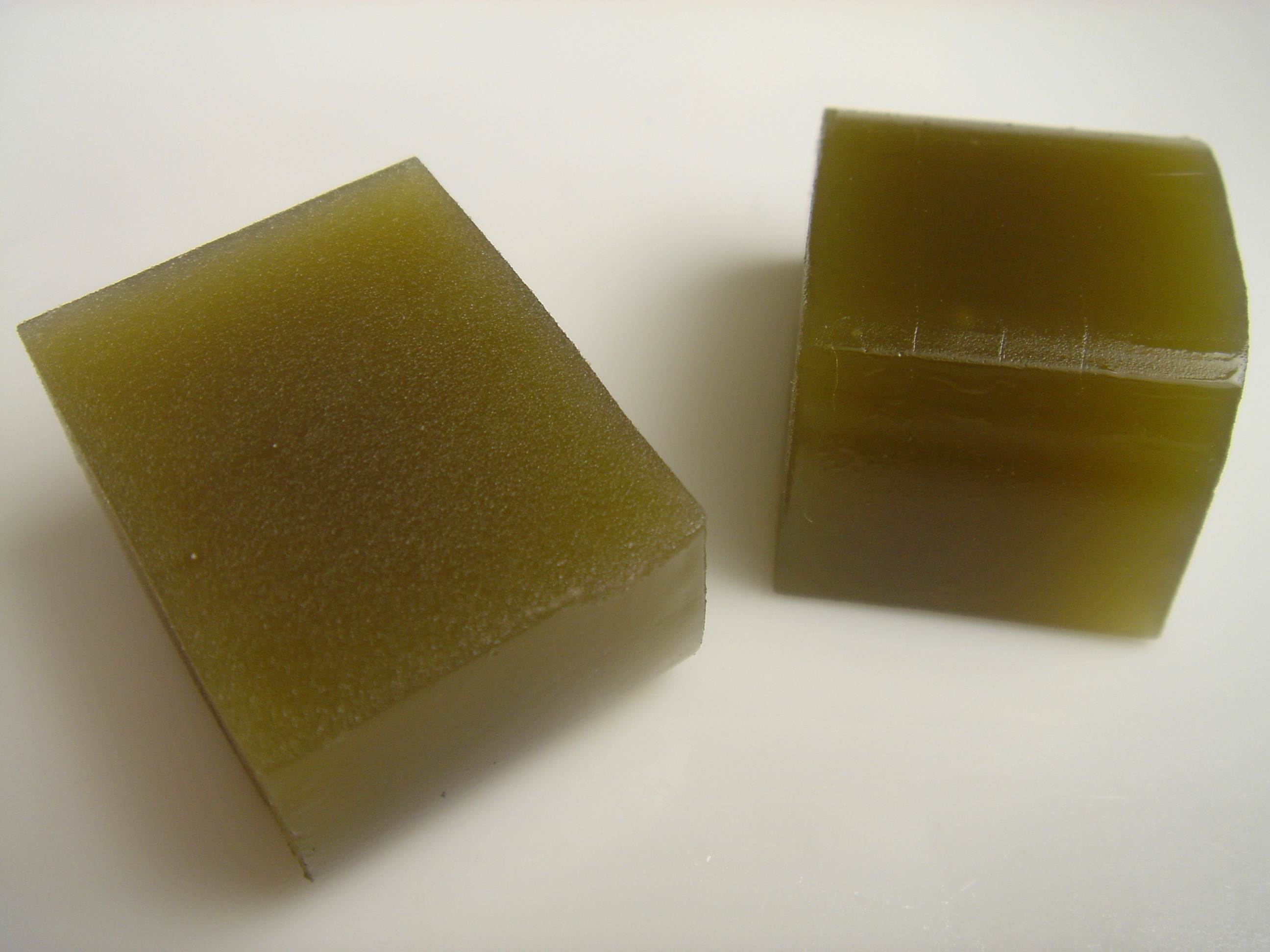
.png)
